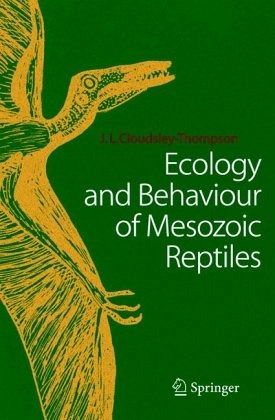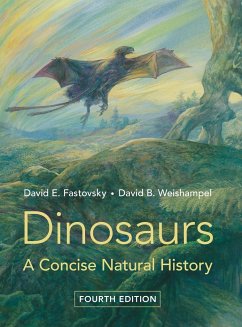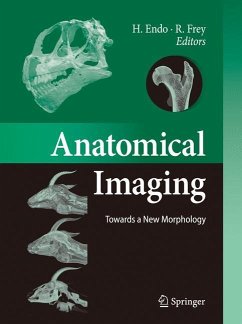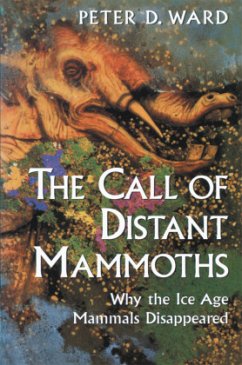
Ecology and Behaviour of Mesozoic Reptiles
Versandkostenfrei!
Versandfertig in 6-10 Tagen
113,99 €
inkl. MwSt.
Weitere Ausgaben:

PAYBACK Punkte
57 °P sammeln!
Our knowledge of extinct animals depends almost entirely upon the study of fossils. This richly illustrated book clothes the skeletons of dinosaurs and other Mesozoic reptiles with flesh, and shows how these fascinating animals evolved and probably lived. Expert author John L. Cloudsley-Thompson provides an interesting synthesis of current views on their ecology, physiology and behaviour, and outlines the various hypotheses that have been proposed to explain their extinction. Numerous beautiful drawings of the animals and their environment illustrate this exciting monograph.














